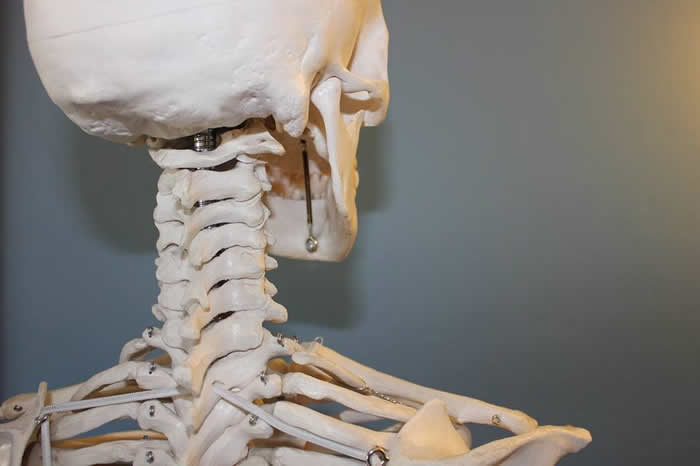3 Questions You Need to Ask to Reduce Your Risk of Forward Head Posture
What if I told you that musculoskeletal conditions can cause minor aches and pains or long term pain, discomfort, and sometimes loss of function? As you lean forward on the edge of your seat to continue reading this, your shoulders may be rounding forward while your head might be shifting slightly outward. Do you do this often? If you consistently read in this posture, or if you find yourself hanging your head when you walk, you could develop a common musculoskeletal condition called forward head posture (FHP).
Have you ever seen someone with their head and neck leaning forward? You may see it in older adults more, but with the routine activities we perform (e.g. phone usage), it’s going to become more common if we’re not careful. That’s why I had to bring this to your attention and I hope if you have clients that you will do the same for them.

If you perform activities regularly in poor alignment it alters your nerve and muscle pathways, and this will cause the head and neck to adapt more readily to FHP. Some muscles will become stronger and tighter while others will become weaker and more stretched. The nerves, as a result, will be affected as well; one example is the structural changes in alignment that could cause nerves to be pinched. This does not occur overnight, it happens gradually. The more you perform an activity in poor alignment the less likely you are to notice you’re doing it and before long you’ll have FHP and the symptoms to go along with it. Some of you reading this may already have symptoms but never realized it until now.
Here are three questions to ask yourself regularly to help you avoid forward head posture:
What kind of posture do I have while I’m at work?
Whatever you do for a living, do it in good posture. You spend hours of your life at work so this is one of the places you’ll need to make the most changes. Adjust your seat and laptop/desktop so it’s eye level; you shouldn’t feel like you have to strain or hunch forward to read something on the screen. It’s important you get a handle on this and help clients make the necessary adjustments.
Am I hanging my head/lurching my neck forward when reading, playing video games, or on my phone?
When it comes to activities involving books, mobile devices, or computer screens, you may have a bad habit of staring and not realizing the position your neck is in. Let’s do a small activity, where are you right now and what is your body doing? Pay attention to your head and neck. Are you guilty of the problem? Going forward, I want you to work on your awareness. When holding your mobile device, hold it higher and away from your face so it’s comfortable. Use your eyes instead of leaning your neck forward or tilting your chin downward when on your phone. Check your body alignment when playing video games, especially if you slouch. If you’re reading books, pay attention to how you’re sitting or lying, and where your head and neck are positioned. Remember, you do these often so make sure you habitually do these activities in good alignment.
When I exercise or perform activities, do I have poor mechanics and don’t realize it?
Have you ever seen someone performing an exercise and they’re pushing their head and neck forward? I’ve seen a few people jut their chin and head forward while performing exercises (e.g. upright raises/rows). My point here is when you exercise you must pay attention to what your body is doing. When working with clients, you’ll often see them unconsciously shift and move, and not realize the little habits they’re doing. Let’s make these changes now by indicating and correcting the poor habits.
I hope you pass this message along because there are too many people who probably have symptoms and don’t realize what’s causing them. Symptoms could be as simple as neck pain or as complex as a headache. While every headache isn’t caused by poor alignment, it’s still worth checking your head and neck to ensure they’re in proper alignment. Ask yourself these questions and keep correcting yourself where possible.
If you’re unsure on how to correct these issues and have other posture related concerns in regards to your routine habits, I suggest you check out our Youtube channel. Our ‘Everyday Postural Guide’ will offer some insight on how to fix your posture as you perform your daily routine tasks. |